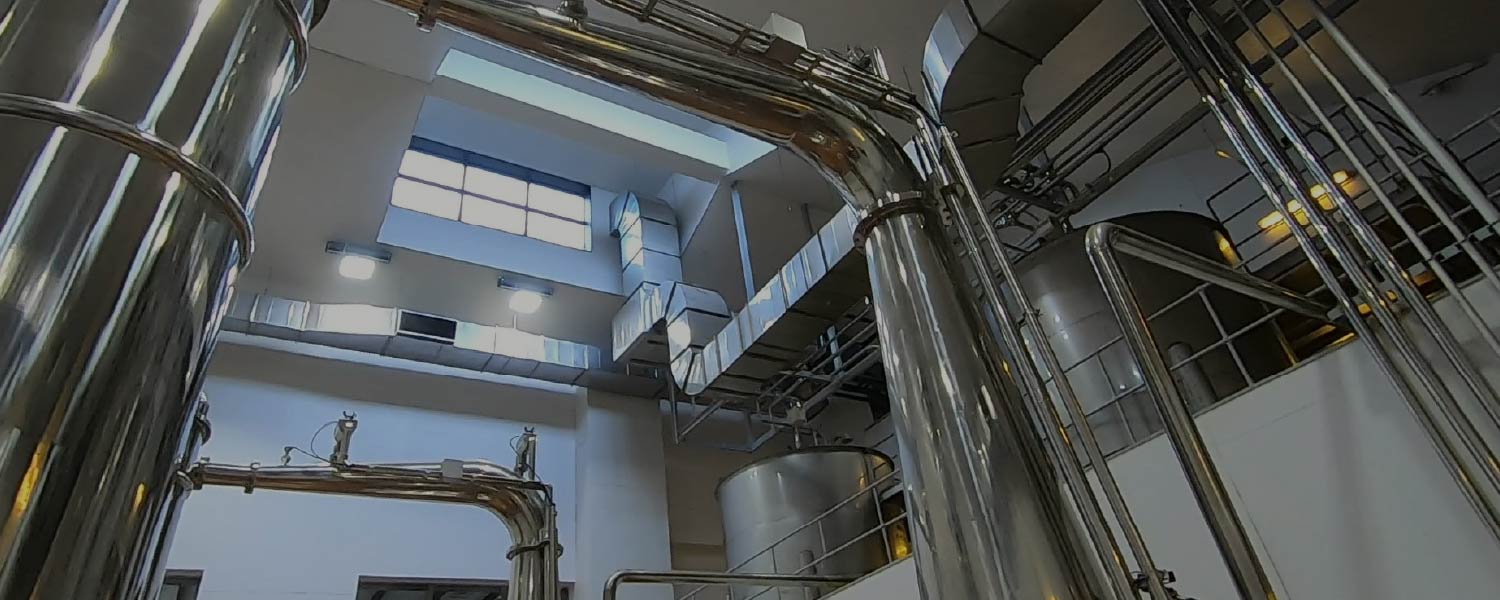Scientifically speaking, distillation is a process that extracts substances and components by leveraging the different boiling points of liquids and the target component. By heating a mixture to a certain temperature, some elements will evaporate. The vapor elements then travel through a cooling device where they condense back into a liquid. The target component is collected as a liquid in a vessel. In shochu production, fermented mash is distilled to extract alcohol and flavor components.









